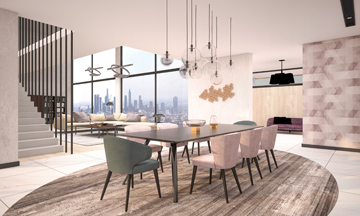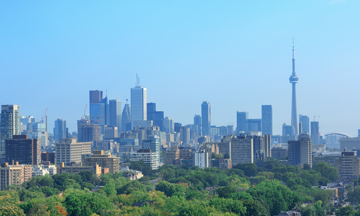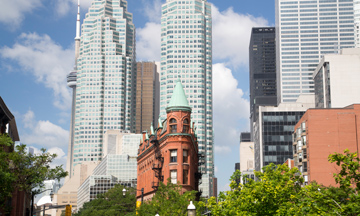Today’s luxury properties can have low environmental impact without sacrificing elevated aesthetics, says Elizabeth Fazzare
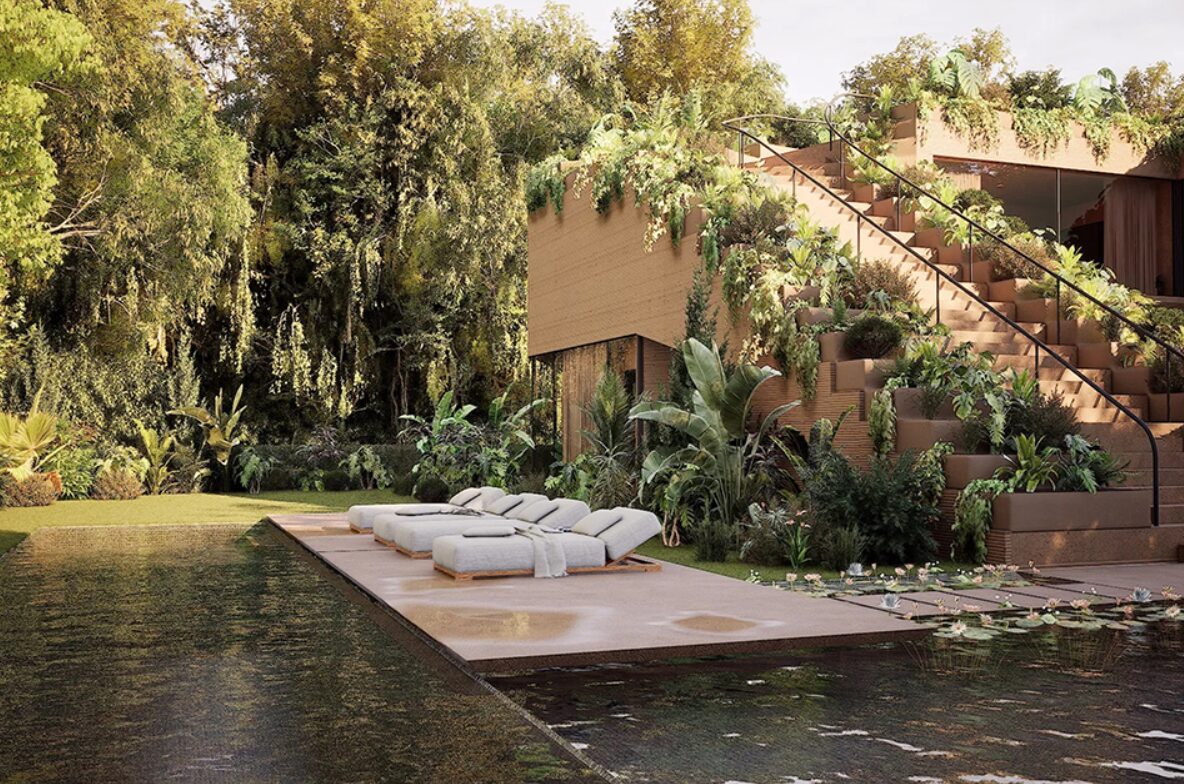
Lisbon, Portugal | Portugal Sotheby’s International Realty
To weather the future’s proverbial storm, it’s clear that construction requires a pivot to climate-resilient design: in short, architecture and landscaping that anticipate the effects of climate change and natural disasters, and are thereby best placed to recover from them.
In the luxury market, innovative architects, designers, developers and homeowners have already begun to implement this. “Increasingly, conscientious designers and consumers are building a new aesthetic language around respect for the planet and its resources,” says the New York-based architect Graydon Yearick of Studio YV, whose projects explore local and natural materials as well as state-of-the-art sustainable technology.
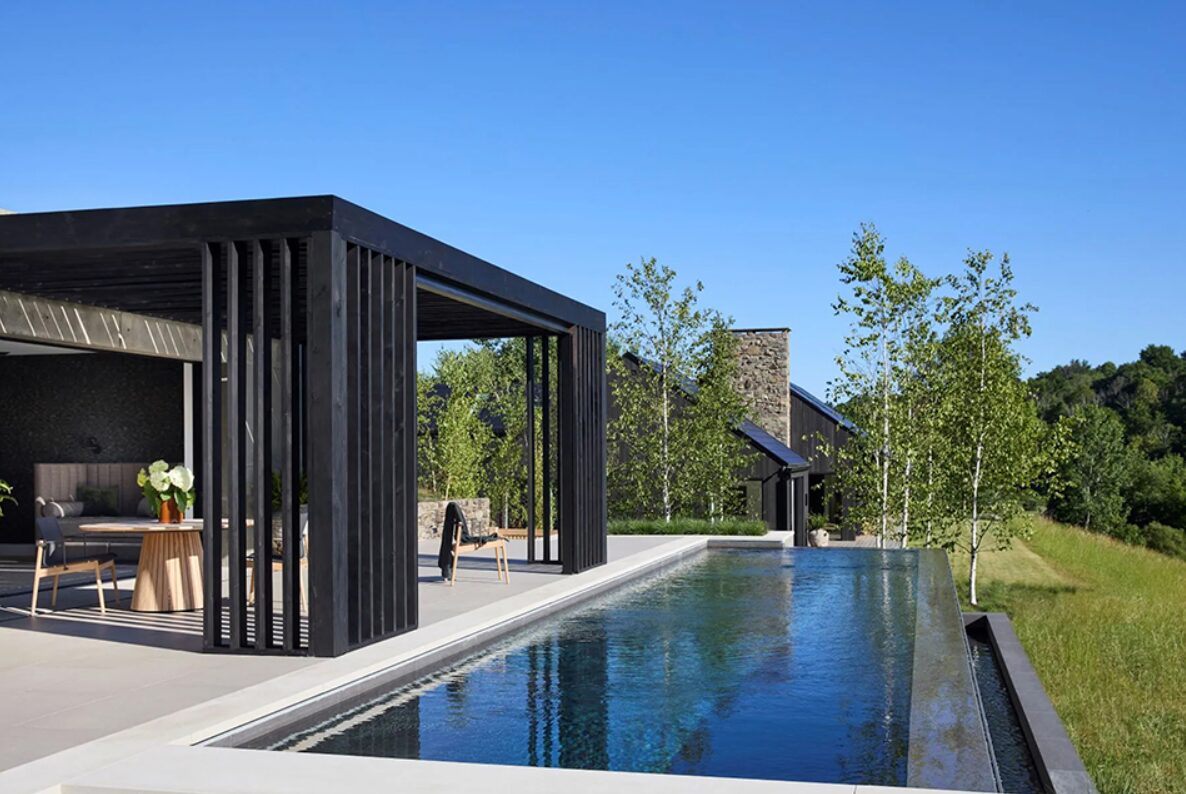
Pine Plains, New York | Four Seasons Sotheby’s International Realty
For this luxurious 29-acre home, currently on the market in Pine Plains, New York, Yearick collaborated with the interior design duo Halliday Greer and the landscape studio LaGuardia Design Group on a plan that, in his words, put “climate resilience as a priority from the inception.” Durable materials, such as Abodo timber siding, renewably sourced wood flooring and interior beams collected directly from the site, make up its chicly pared-back farmhouse, which has off-the-grid capability via Tesla solar roof tiles and geothermal heating and cooling. The creative team also employed “passive building strategies,” which range from building orientation to natural ventilation and lighting. A garden of native plants and the ability to collect and reuse rainwater across the property boosts both its aesthetic and ecological value.
“People’s perception of beauty will increasingly include consideration of carbon footprint,” says Yearick, who believes that “luxury should be defined by low environmental impact.” As well as its environmentally sustainable credentials, the upstate New York house is also “self-sustaining,” says the architect, who conceived it as “a refuge from the outside world.” Should the need arise, its owners can enjoy all their desired creature comforts without requiring any outside resources. This is climate-resilient luxury.
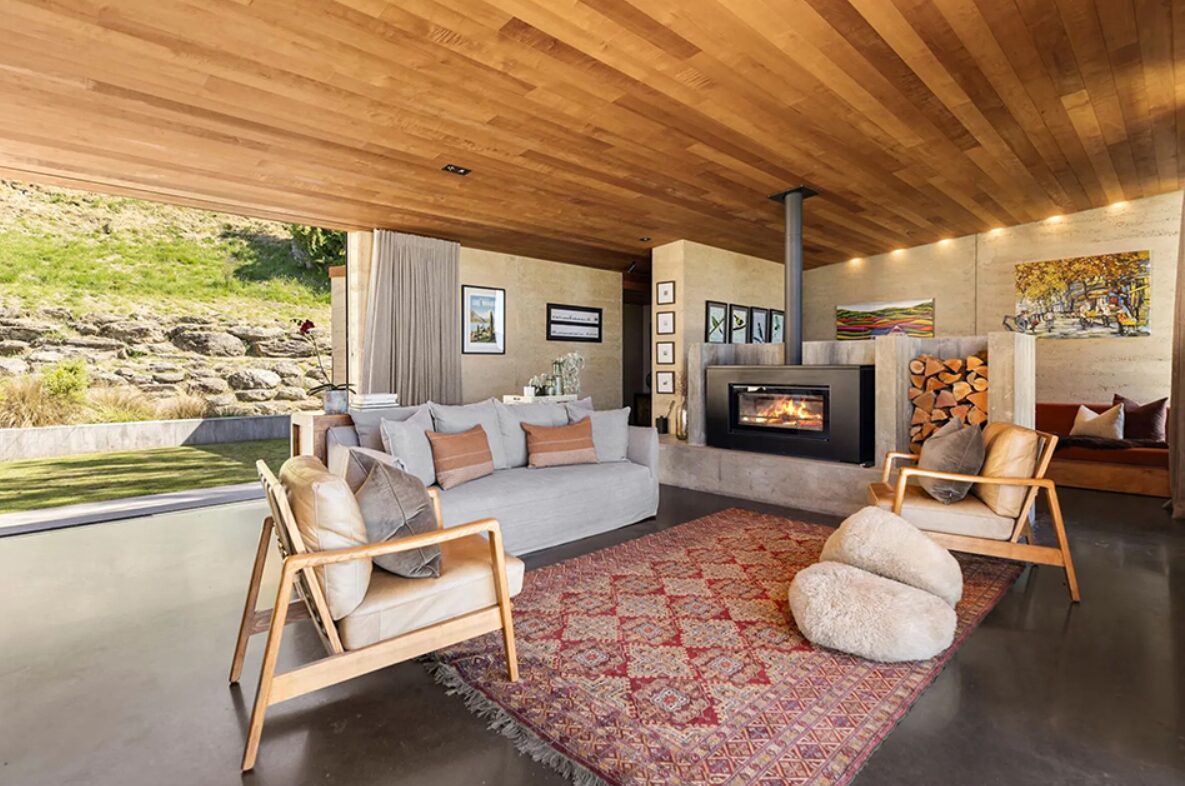
Wanaka, Otago, New Zealand | New Zealand Sotheby’s International Realty
Homes designed for the future should be as good for their residents’ health and well-being as they are for the planet. In Wanaka, a resort town on New Zealand’s South Island, the local firm Assembly Architects used the land itself to design a contemporary countryside home that achieves both. With rammed earth walls, the house is fireproof, energy efficient and requires little maintenance—“great for a rural area,” says its listing agent, Kylie Stewart of New Zealand Sotheby’s International Realty.
The non-toxic material used in construction is also hypoallergenic, pest-proof, and noise cancelling, allowing occupants the peace of mind to focus on the surrounding views of Mount Barker rather than the upkeep of their property, now and later. “This natural material ties into the environment and is a sustainable building product,” says Stewart. “It creates a healthy home.”
When disaster does strike, preemptive design is the best source of security. Overlooking Italy’s Lake Garda, a contemporary, glass-clad villa currently on the market employs the latest eco-friendly energy technologies: radiant heating and cooling under its floor, solar panels on a south-facing roof, and a controlled mechanical ventilation system. It is also earthquake resistant, important for its location in one of the most seismically active regions in the country.
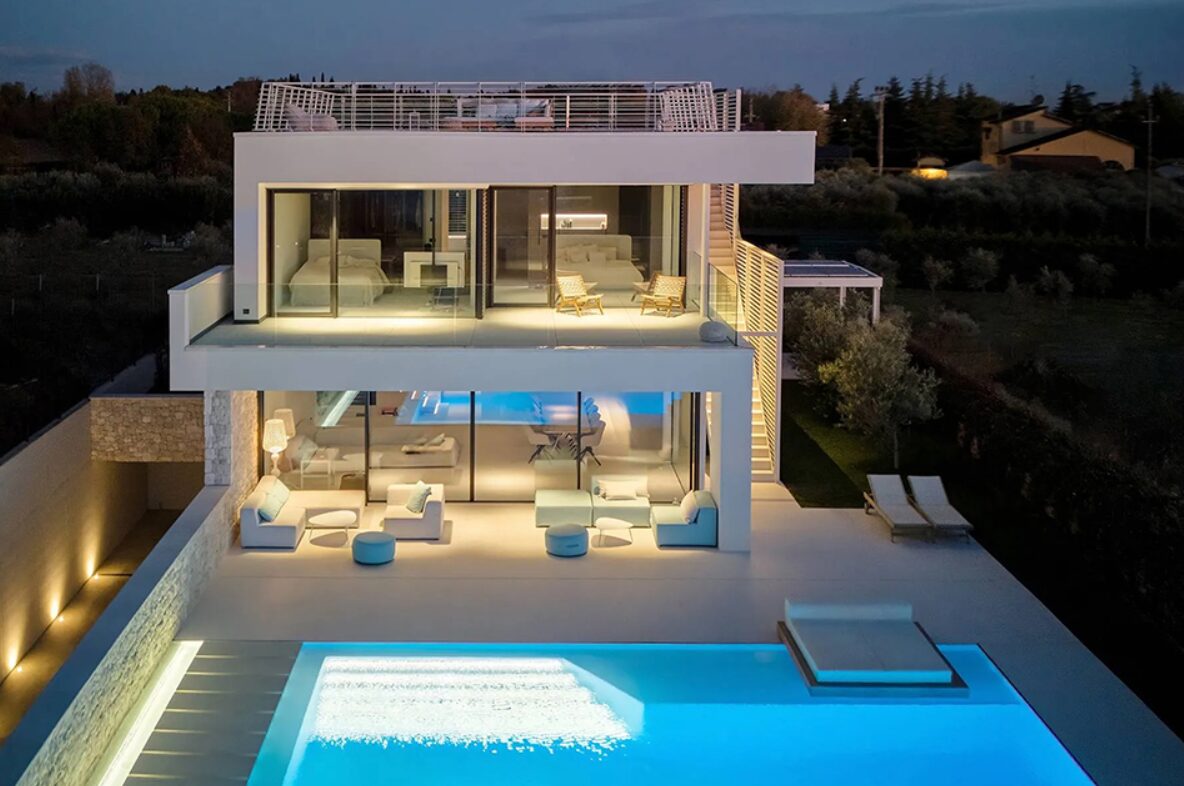
Verona, Italy | Italy Sotheby’s International Realty
The villa’s exterior walls are built from stone sourced from a quarry just 15km away, minimizing transportation while complementing the regional aesthetic, explains Silvia Princivalle, global real estate advisor with Italy Sotheby’s International Realty. The gardens are terraced to the area’s natural topography, planted with exclusively native species, and irrigated with smart technology that uses only as much water as needed, she adds. A small orchard and vegetable garden supports local food production, and the overall landscaping incorporates erosion control measures to protect the property from increasingly extreme weather patterns. Meanwhile, the building’s modular design can be adapted in future without major reconstruction.
Architecture plays a large role in climate-resilient living. “Best-practice luxury homes are smaller and more efficient,” says Yearick. “Reducing the scale of a home is a good step toward respecting the climate, and with current technologies, we no longer need fossil fuels to run a house.” New construction is not always possible, of course, nor the most sustainable way to achieve climate-resilient design. “Reusing existing buildings, and retrofitting them with energy-efficient systems, reduces consumption,” he adds. “A truly luxurious house is more about its respect for the planet than it is about its choice of marble.”
